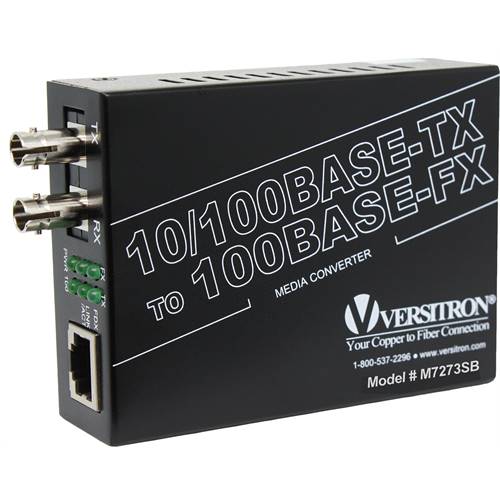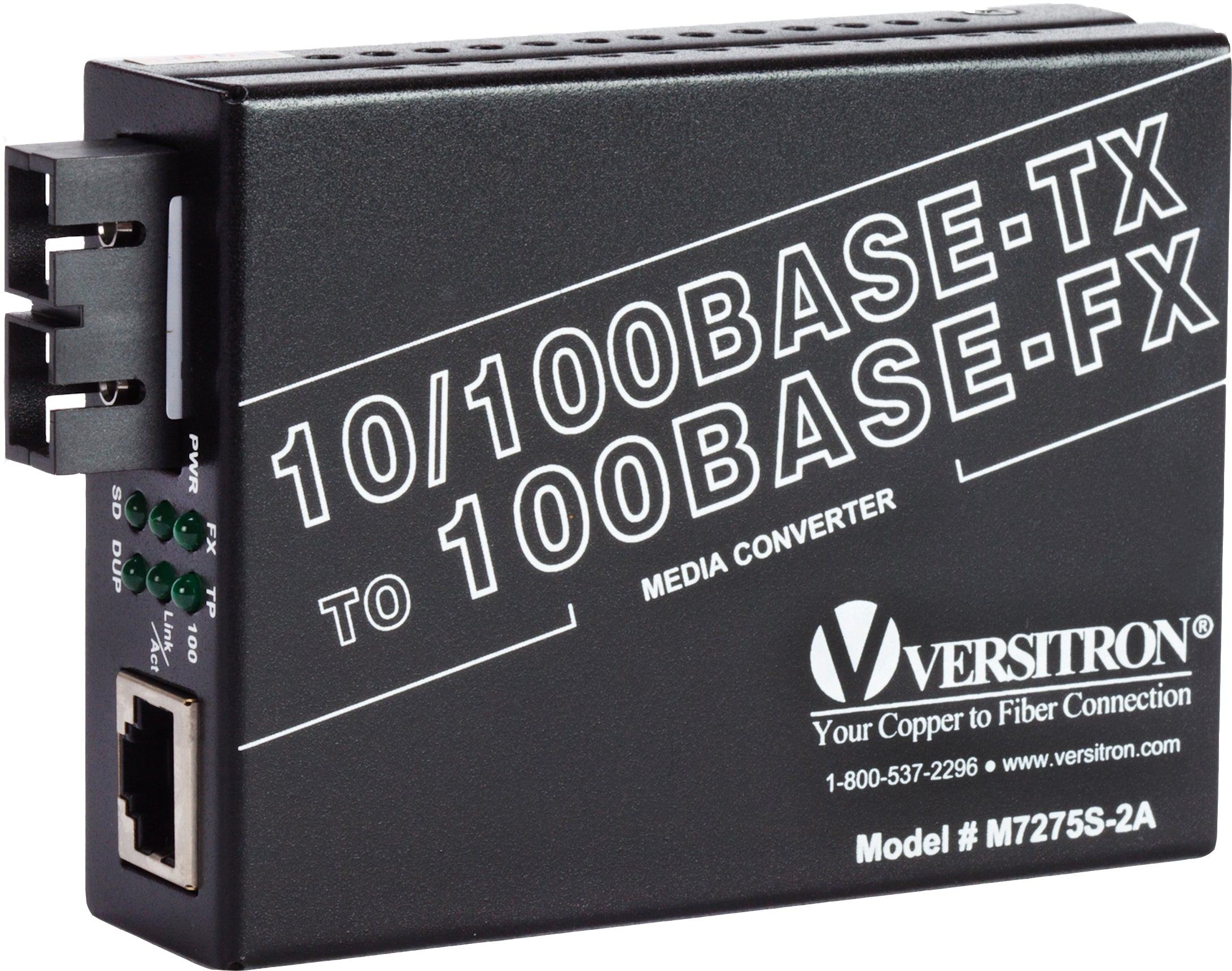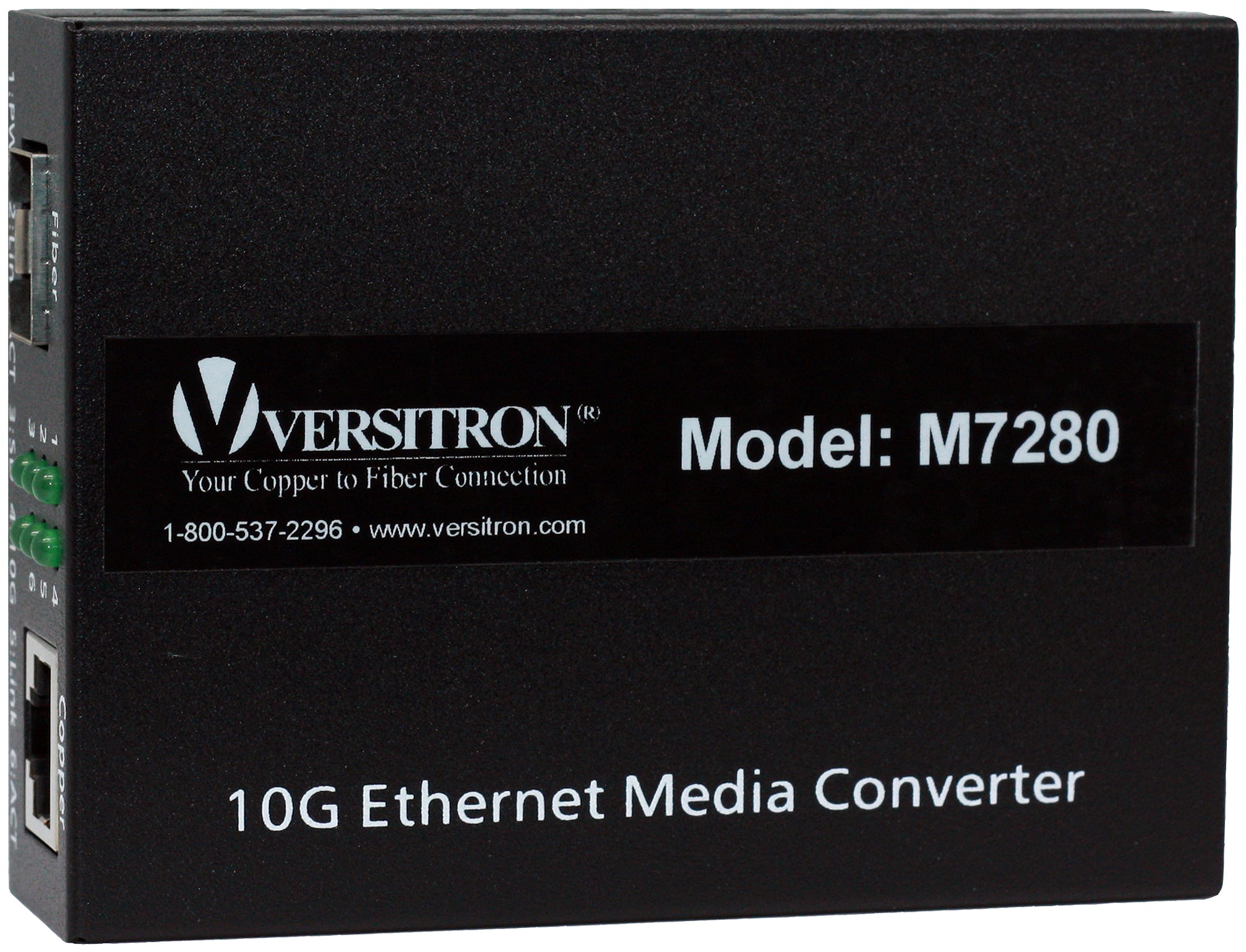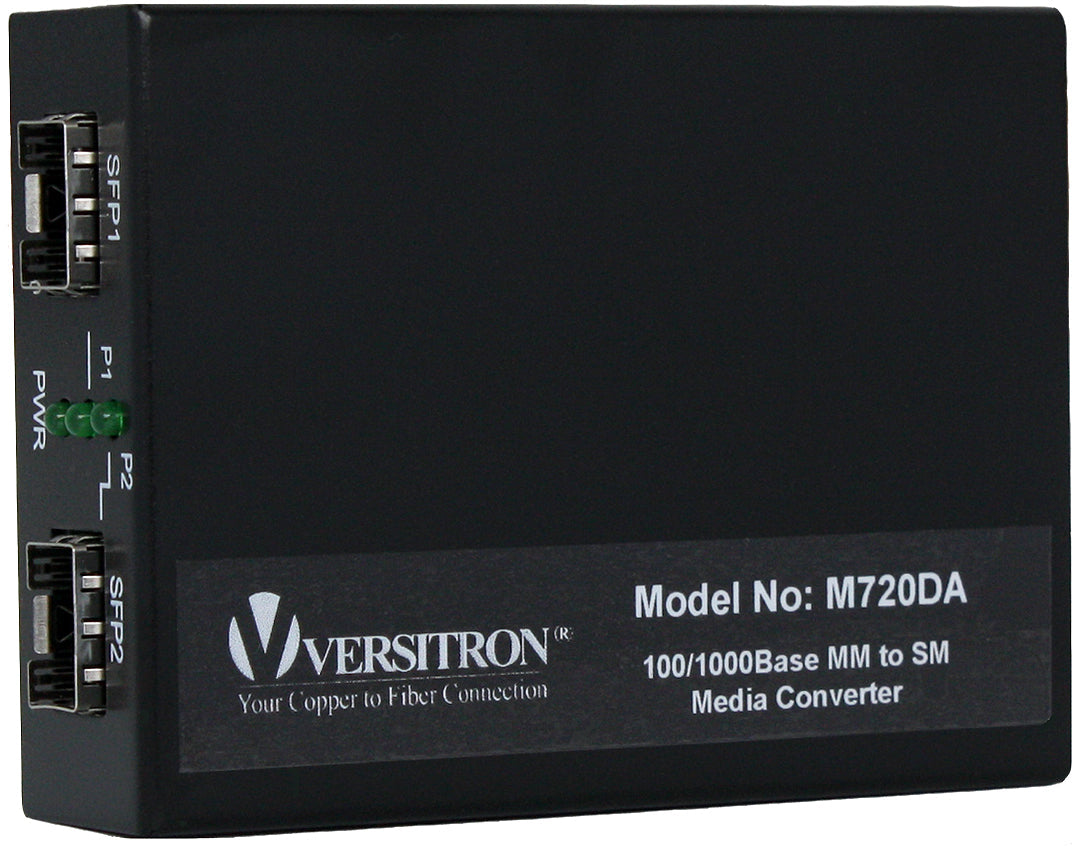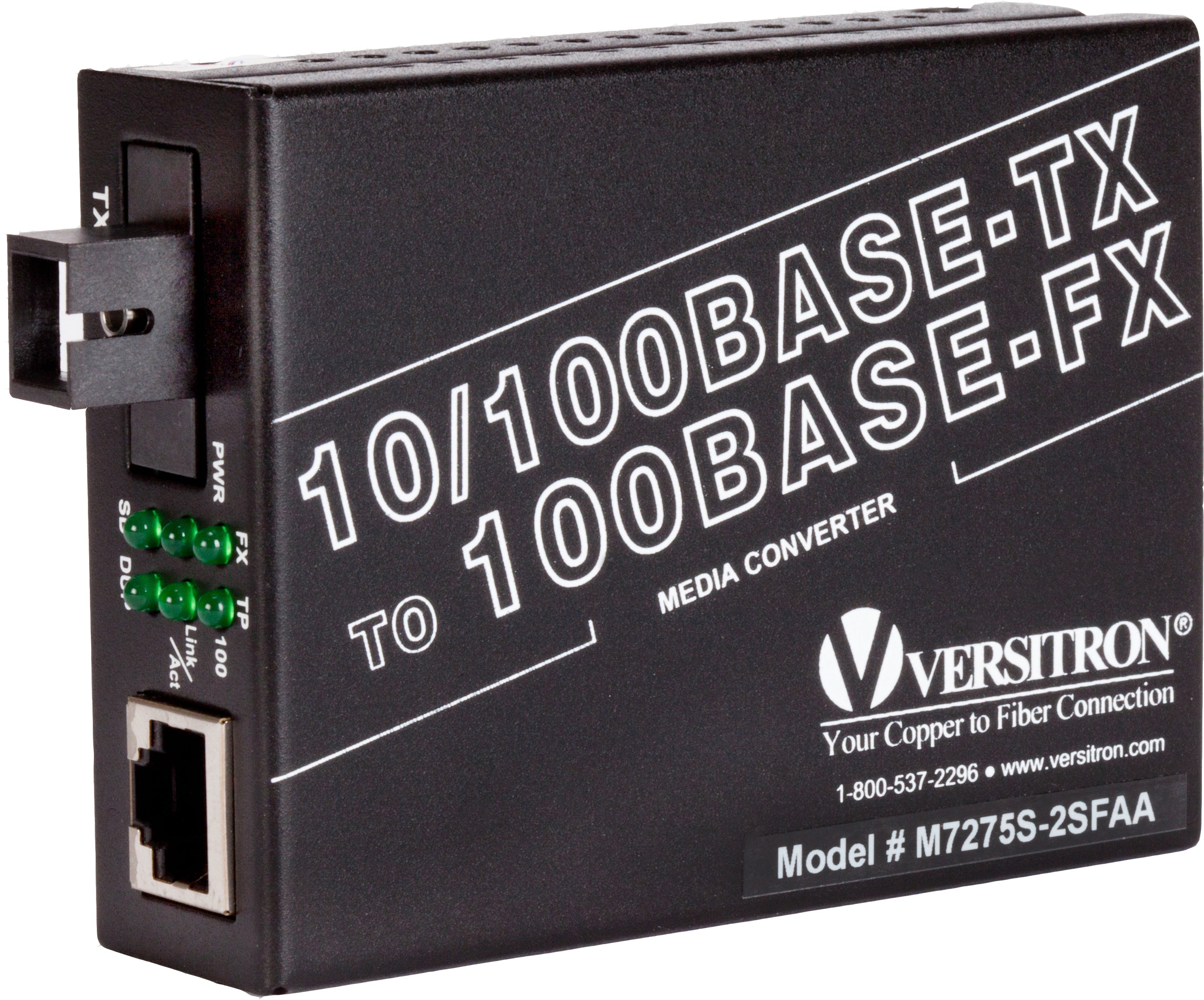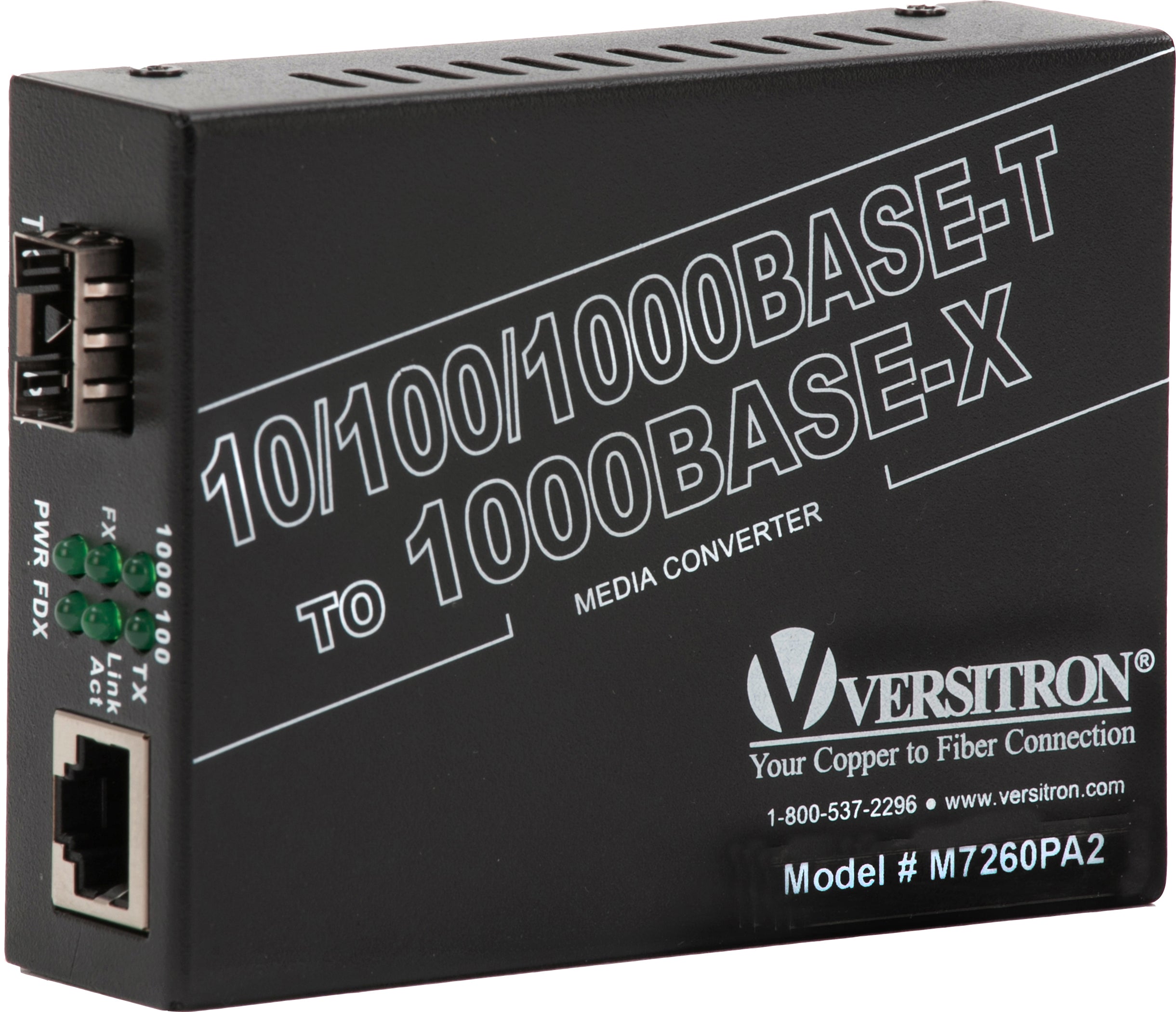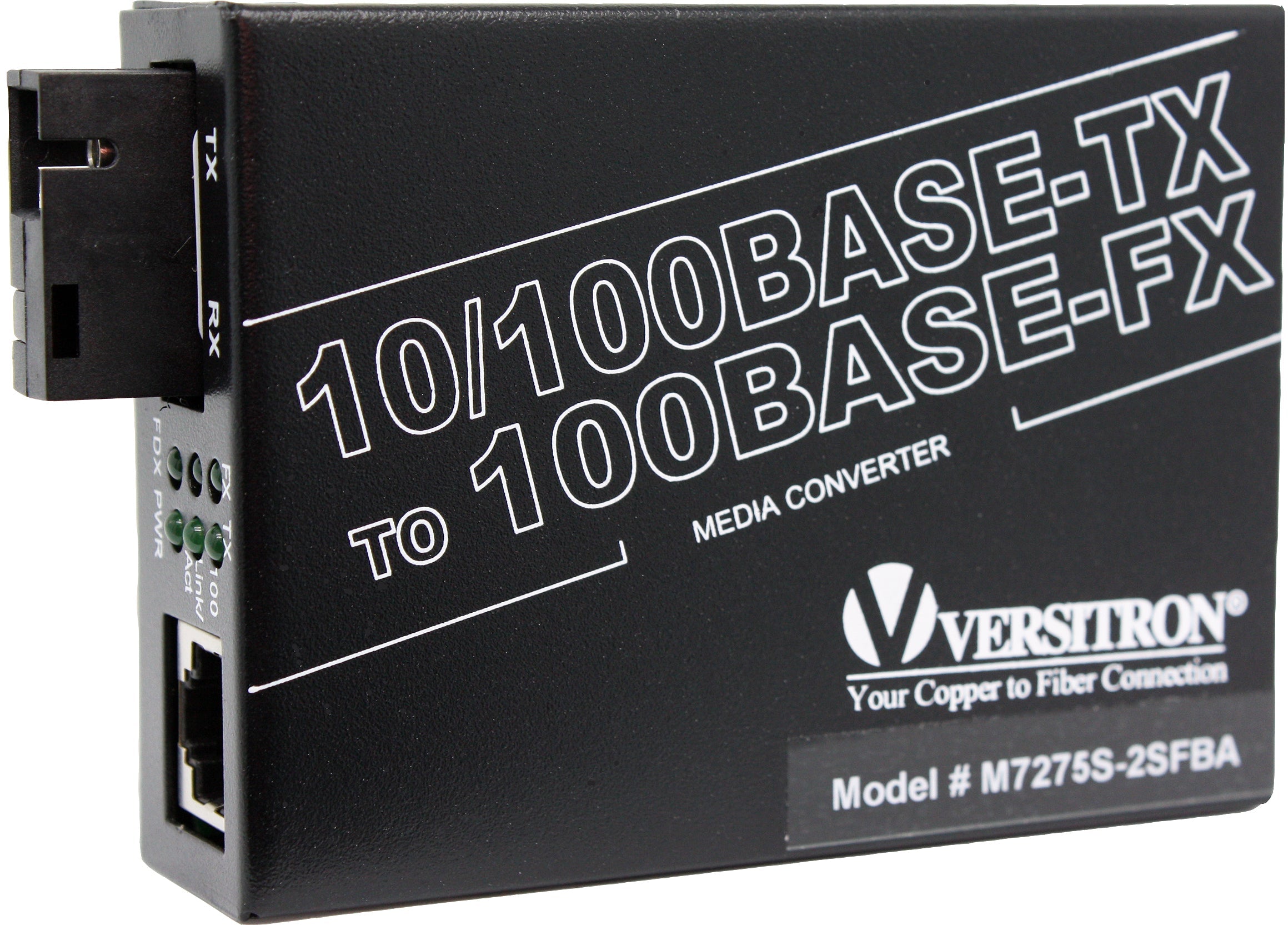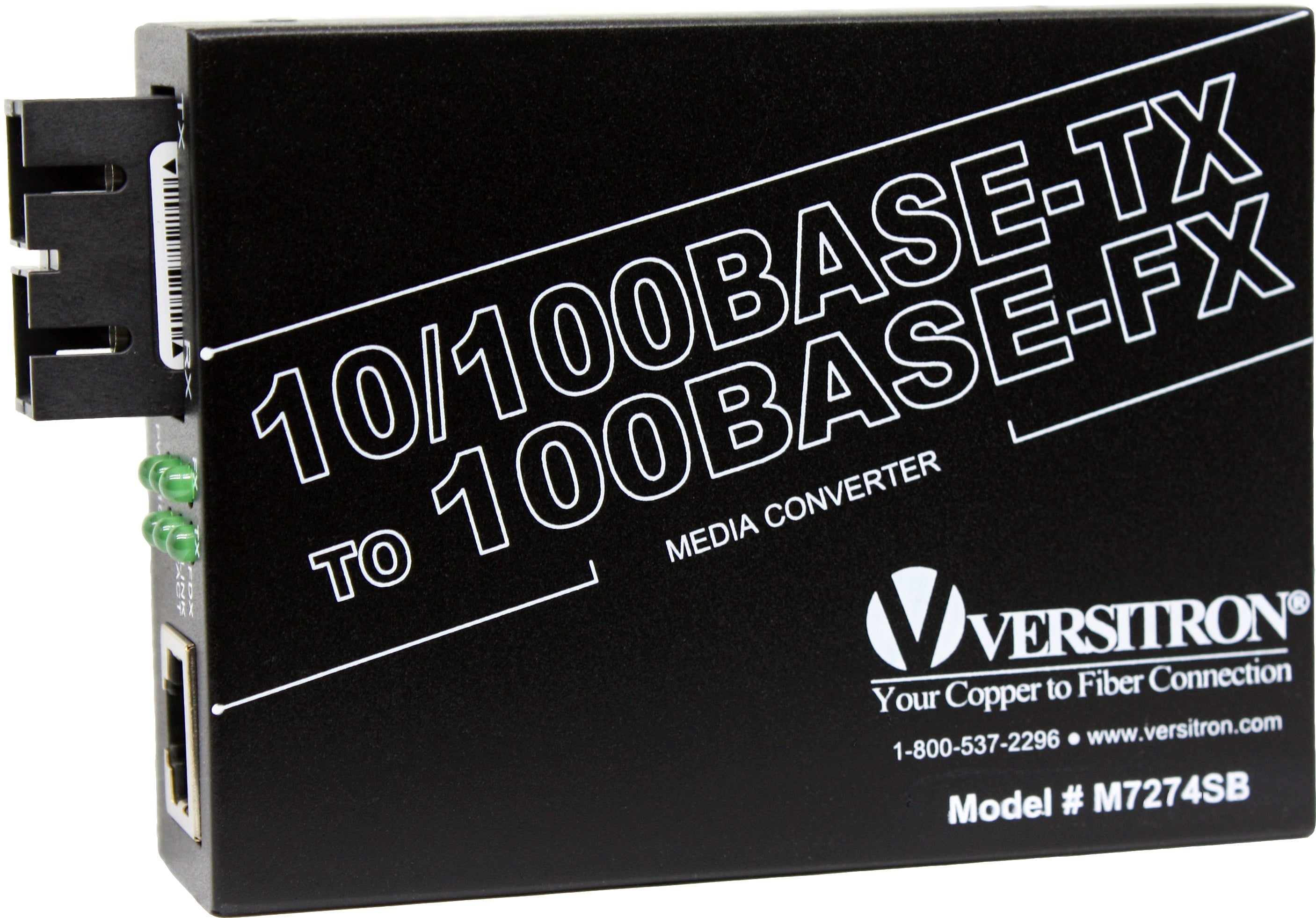LAN technologies in computer network are widely used by businesses of all types for information sharing and receiving. The computers are connected in a network for information exchange. This network is referred to as Local Area Networks (LANs). Having said that, the network of computers or LANs generally work in a confined geographical area like a building or a college campus.
Local Area Network components comprise cables, access points, switches, routers, and other elements that enable devices to connect to internal servers, web servers, and other LANs via wide area networks. These LANs are driven by different technologies to initiate a connection between different devices. What are the common LAN technologies and where are they used? What are the different types of LAN technology devices used today? This post aims to answer this question and more.
What is the Most Commonly Used LAN Protocols?
A LAN (Local Area Network) is a computer network that connects devices within a limited geographical area, such as a school, office building, or a home. There are various types of LAN, including:
- Ethernet: This technology is the most popular among all other LAN technologies on this list. Covered under IEEE standards 802.3, simplicity, low-cost investment, backward compatibility, noise resistance, and so on make it a popular choice over others. Ethernet works on both layers - Layer 1 and Layer 2 on the Open Systems Interconnection (OSI) model. Ethernet technology has evolved over the years, and today it is distinguished into the following types based on their speeds.
- 10 Mbit/s: This is the first iteration of this technology, which was introduced in 1983. It is also referred to as 10Base5.
- Fast Ethernet: Introduced in 1995, this Ethernet type is designed to carry 100 Mbit/s. This type of Ethernet is covered under IEEE 802.3u standard. 100Base-TX is the most popular type of Ethernet physical layer of the Fast Ethernet. Here 100 refers to the transmission speed of 100 Mbit/s; BASE stands for baseband signalling; and T & F refers to the signal carrying medium, which can be a Twisted Pair Cable or a Fiber Optic Cable. However, the last character X or 4 refers to the signal code. The X is a place holder for TX and FX. Know more information on Fast Ethernet.
- Gigabit Ethernet: Designed for carrying 1 gigabit or 1 billion bits per second, this standard was introduced in 1999. Gigabit Ethernet replaced Fast Ethernet and was developed for meeting the increasing speed requirements of Voice over IP (VoIP) and multimedia networks. 1000BASE-T is the most popular version of Gigabit Ethernet. It is defined under IEEE 802.3ab standard.
- 10 Gigabit Ethernet: One of the most recent Ethernet standards, 10 Gigabit Ethernet is designed to transfer 10 Gbits/seconds, which makes it faster than Gigabit Ethernet. This standard makes use of fiber optic cables.
- Power over Ethernet: This standard can transmit electric power and data on the same cable. Generally known as PoE, this standard is used to connect devices such as Internet Protocol (IP) cameras, and Voice over Internet Protocol (VoIP) phones. It makes use of the Ethernet Cable 5 or higher category. It doesn’t require any external AC cord or adapter. Owing to its distinct advantages PoE has emerged as a popular Ethernet standard over the years and is today used to connect various types of wireless Ethernet devices.
- Token Ring: This LAN technology was developed by IBM and it uses three-byte frames to connect computers. These three-byte frames are known as tokens, and they travel along servers or computers forming a logical structure of ring. The token ring network has data transfer rates of 4, 16, and 100 Mbps. These networks were largely used in corporate environments, but today are getting replaced by Ethernet.
- Asynchronous Transfer Mode (ATM): It is a fast communication technique, which is cell-based. This telecommunication standard is defined by ITU and ANSI. It is used for transferring various types of signals in the network. One of the key advantages of ATM is that it requires no separate overlay networks for signal transmission. ATM can connect points in close and farther geographical locations.
- ARCNET: It stands for Attached Resource Computer NETwork, which was used for connecting microcomputers in the 1980s. It was mainly used for automation tasks in offices. This technology is nowadays used in industrial controls.
- FDDI: This stands for fiber distributed data interface and is another LAN technology in use today. It made use of fiber optic cables, and can transmit up to 100 Mbit/seconds. This LAN technology can deliver up to 200 kms, and it uses two rings. The first ring acts as a primary backup and second ring acts as a secondary backup. The primary ring has 100 Mbit/seconds capacity, the secondary ring can also carry another 100 Mbit/seconds, thereby adding to 200 Mbit/s.
What are the Types of LAN?
- Client-Server LAN: In this type of LAN, Dedicated server is responsible manages the network and provides services to clients (computers). The server controls access to resources and ensures that data is transmitted efficiently to all devices. This type of network LAN technologies is commonly used in large organizations.
- Peer-to-Peer (P2P) LAN: In a peer-to-peer network, all equal devices are no dedicated server is available. Each device can act as a client and a server, and resources are shared among all devices. This type of network LAN technologies is commonly used in small offices or homes
- Wired LAN: To connect devices in wired LAN Physical cables such as Ethernet cables are used This type of network LAN technologies is typically faster and more reliable than wireless LANs, but may be less flexible.
- Wireless LAN: To transmit data in wireless LAN Radio waves are used. This type of network is more flexible than wired networks, but may be slower and less reliable, particularly in areas with a lot of interference.
- Cloud-managed LAN: In a cloud-managed LAN, the network is managed and configured through a cloud-based management system. This type of network is particularly useful for organizations with multiple locations or remote workers, as it allows for centralized management and monitoring of the network.
As now the role played by each of these LAN technologies is well persuaded, it is important to use the right type of device for achieving the desired result. Owing to the increasing using of networking, today, you can find LAN connectivity solutions with various manufacturers. However, they differ in terms of configurations, performance, and prices. It is always recommended to source these technology devices from trusted manufacturers like VERSITRON. The company has been providing networking connectivity solutions, since 1958. Fiber optic network switches, fiber optic media converters, fiber optic multiplexers and so on are a few popular products in its inventory. These solutions are employed in thousands of critical applications across the globe. Feel free to reach out us through contact us page.




